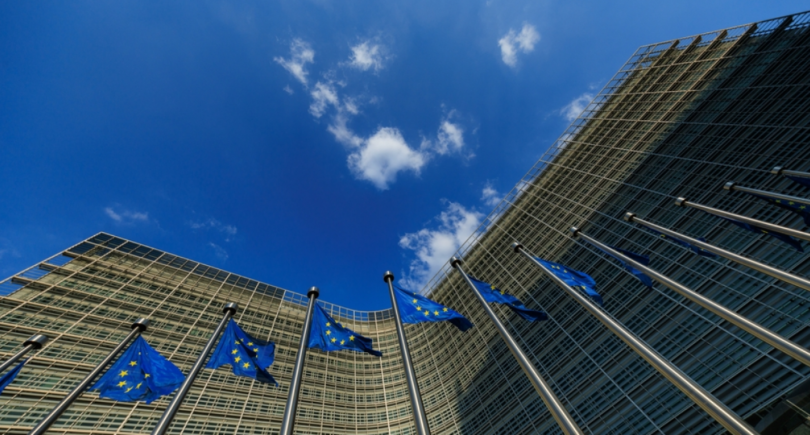
News Global Market decarbonization 1272 17 October 2023
Another problem will be the need for significant investments
Financial support and a large supply of green electricity are the two main challenges for the steel industry to achieve carbon neutrality. This opinion was expressed by company managers and experts when discussing the low-carbon steel market at a specialized forum in China, reports Kallanish.
As Jeong-Woo Choi, executive director of Posco Group, predicted, the share of green energy in the total energy supply of steel industry will increase to 31% in 2030 and 70% in 2050 compared to 16% now. However, according to him, renewable energy does not have stable and economical supply conditions.
«Supply in 2030 is expected to meet only 22% of total demand,» he noted.
The executive director of Posco Group expects that the development of green steel production will require global investments of $300 billion directly in the steel industry. This figure will rise to $2.2 trillion if all relevant investments are taken into account.
Jeong-Woo Choi estimates that the combined use of hydrogen and carbon capture, storage and utilization (CCUS) technologies will not be able to gain commercial use until 2030. The solution for the transition period will be the mixed use of natural gas and hydrogen.
In addition, steel industry representatives and experts predict that blast furnaces will still be widely used by 2050.
Despite the mentioned problems, experts have positive expectations regarding the achievement of the final goals of carbon neutrality by the industry.
Mao Xinping, an academician of the Chinese Academy of Engineering, noted that the carbon emissions of the steel industry in 2030 will be reduced by 15% compared to 2020, and by 40%, 85% and 95%, respectively, in each subsequent decade.
As GMK Center reported earlier, steelmakers of China are advancing in the decarbonization of the industry. According to the China Iron and Steel Association, the country’s steel industry faces the goal of reaching the peak of carbon emissions in 2030, reducing them by 40% from the peak value by 2040 and by approximately 95% by 2060.
Also, the European steel sector has conduct events from decarbonization until 2030, when the gradual reduction of free EU ETS quotas will begin, according to Mario Arvedi Caldonazzo, managing director of the Arvedi Group.




